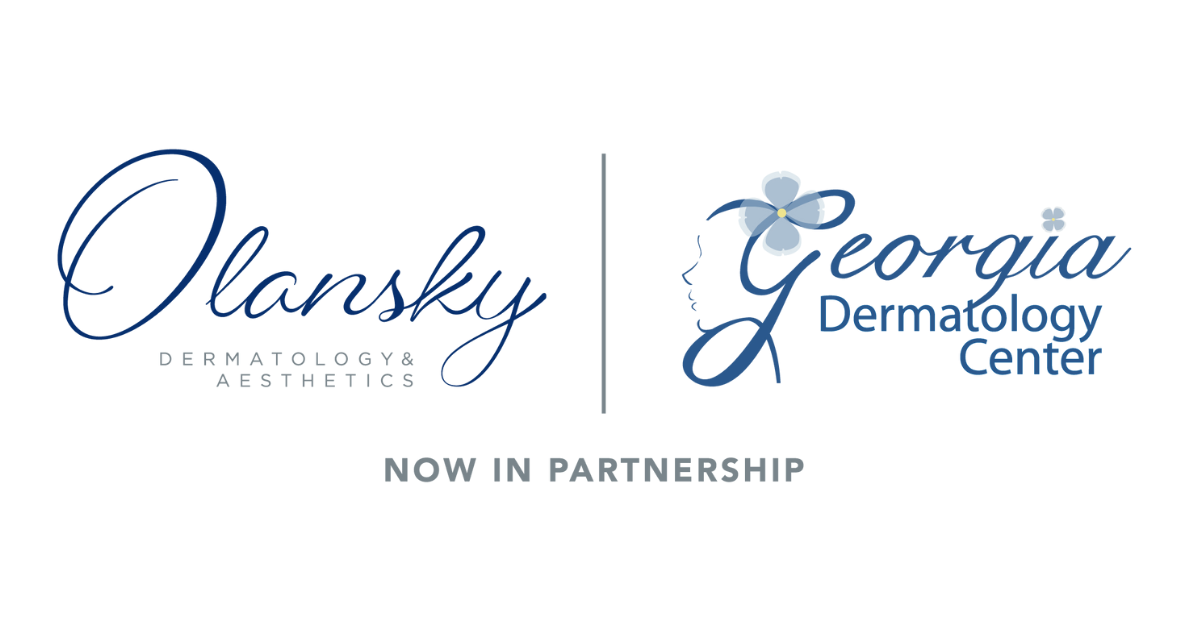
To extract PRP for treatment, blood is drawn from a patient’s body and specially prepared by spinning down the blood cells to a high concentration. The blood is spun in a centrifuge and the PRP is separated and removed from the rest of the blood. The centrifuge is a closed sterile system where platelets are concentrated to 3X the normal blood values. The system eliminates granulocytes which hurt tissue regeneration and wound healing. Once the PRP is ready, it is placed into the treatment area.
PRP Therapy is an exciting non-surgical, therapeutic option for patients who require stimulation of hair growth for hair loss conditions. PRP is natural and contains no animal or foreign components so the body readily accepts it. When injected just under the skin, it discharges a protein which prompts new cells to grow and spread throughout the treatment area. To learn more about treating hair loss click here.
Microneedling is a skin treatment also known as Collagen Induction Therapy (CIT). It is a minimally invasive way to quickly boost the skin’s collagen and elastin production, two natural substances that are key to skin rejuvenation. When combined with PRP, the results can be dramatic. The prepared PRP solution is applied to the treatment area before and after treatment to ensure that it fully absorbs. Microneedling can be safely and effectively performed on the face, neck, hands, and décolleté or chest area. Patients will note positive changes taking place over the coming days and weeks after the procedure, for up to six months, as collagen production continues. To learn more about microneedling click here.
Almost everyone is a candidate for PRP therapy; however, people who have a history of heavy smoking, drug or alcohol use should not seek PRP therapy. Individuals who suffer from any of the following conditions are also advised not to undergo PRP therapy.
Recovery after PRP treatment is relatively easy. Most patients typically experience minimal discomfort from mild swelling and bruising for a day or two and are able to continue with normal activities or work. Because doctors follow a special protocol when working with blood products, the risk of infection is slight. Patients are advised not to take any anti-inflammatory medication since it may interfere in the natural healing process of PRP.
Dr. Gross attracts patients from all over the Atlanta metro area including Alpharetta, Johns, Creek, Roswell, and Suwanee because he offers the newest and latest in aesthetic procedures and equipment. Call to find out more about PRP treatment at Georgia Dermatology Center in Cumming, GA. 678-845-7494.
Monday 8AM-4PM
Tuesday 7AM-1:30PM
Wednesday 8AM-4PM
Thursday 8 AM-4PM
Friday 7 AM-1:30PM
Georgia Dermatology Center | 1505 Northside Blvd. Suite 1500 | Cumming, Georgia 30041 | Telephone: (770) 781-5077
Georgia Dermatology Center in Cumming, Georgia provides high quality dermatology services to patients in the North Atlanta area and many of the surrounding communities such as Alpharetta, Johns Creek, Roswell, Milton, Canton, Dawsonville, Suwanee, Buford, and Sandy Springs. With experience and training, our expert physicians and medical staff are dedicated to helping our patients correct skin conditions and diseases, as well as, achieving their beautiful skin goals.
Designed by InkThemes.com







